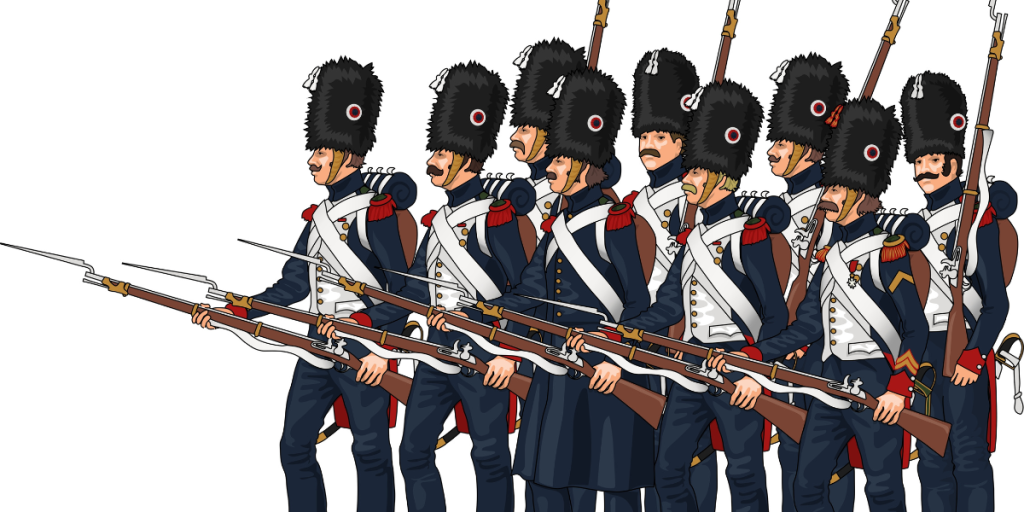Mass grave DNA reveals new clues in military catastrophe
Others are reading now
Mass grave DNA reveals new clues in military catastrophe
Napoleon’s frozen disaster revisited
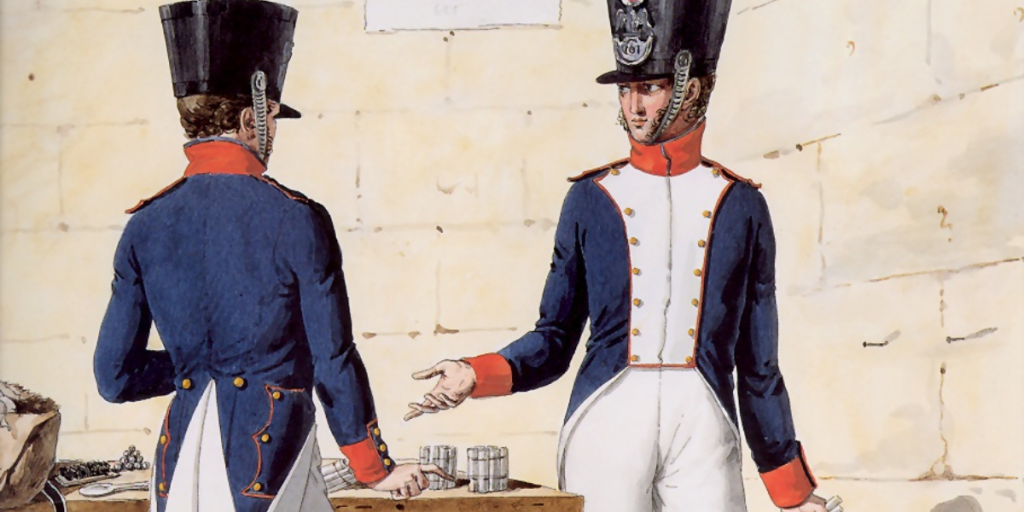
According to WPtech, the catastrophic retreat of Napoleon’s Grande Armée from Russia in 1812 is one of the most devastating military collapses in history. Once boasting over 600,000 soldiers, the army returned to France with fewer than 50,000.
For two centuries, the blame has fallen on brutal cold, starvation, and enemy fire — but new research suggests that unseen killers may have played an even deadlier role.
Scientists uncover surprising bacterial culprits
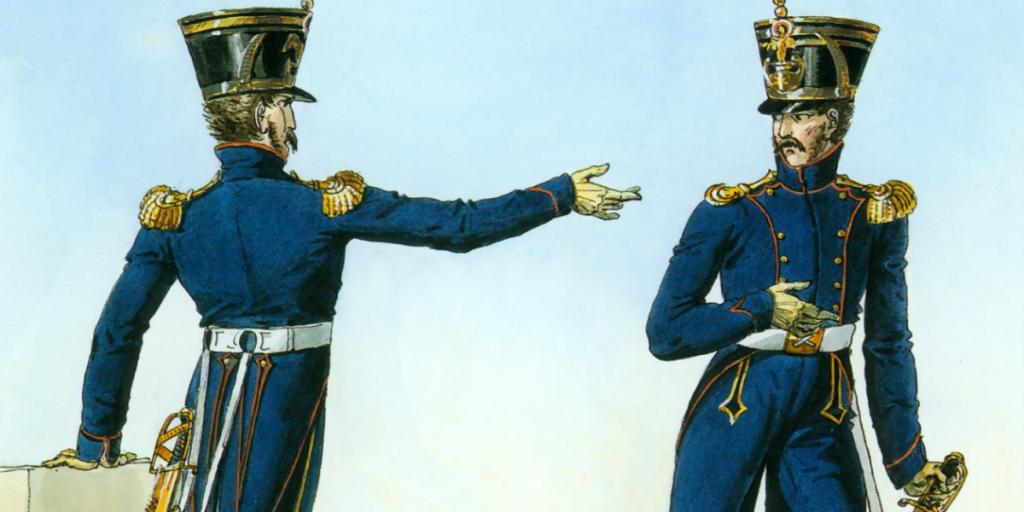
According to WPtech, a new study published in Current Biology reveals that two little-known bacterial diseases may have decimated Napoleon’s forces.
Researchers found traces of Salmonella enterica, the bacteria responsible for paratyphoid fever. These findings shed new light on how disease silently ravaged the retreating army.
Also read
No signs of the usual suspects
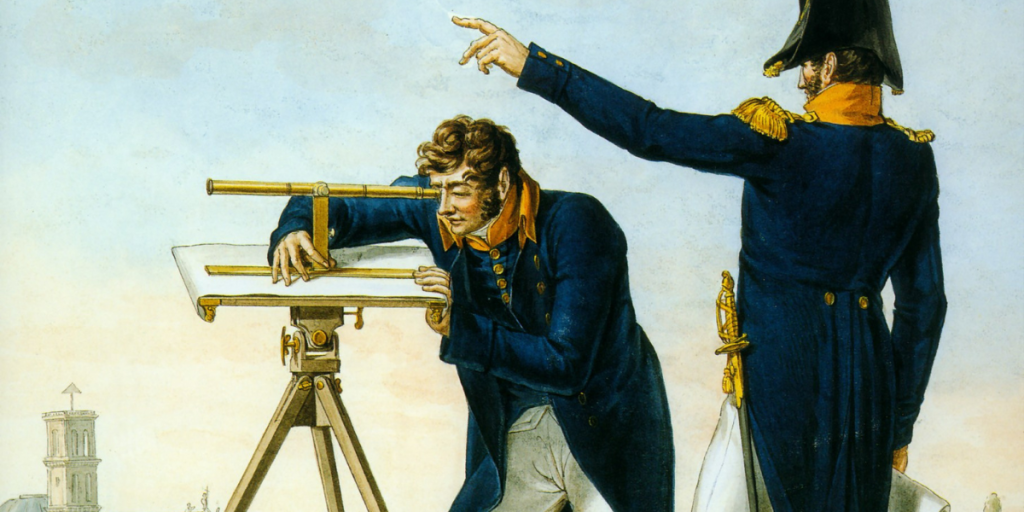
Historians have long believed that typhus and trench fever were among the main infectious diseases killing Napoleon’s soldiers.
However, WPtech reports that DNA extracted from the teeth of 13 French soldiers found in a mass grave in Vilnius, Lithuania, revealed no signs of these common culprits.
The story hidden in soldiers’ teeth
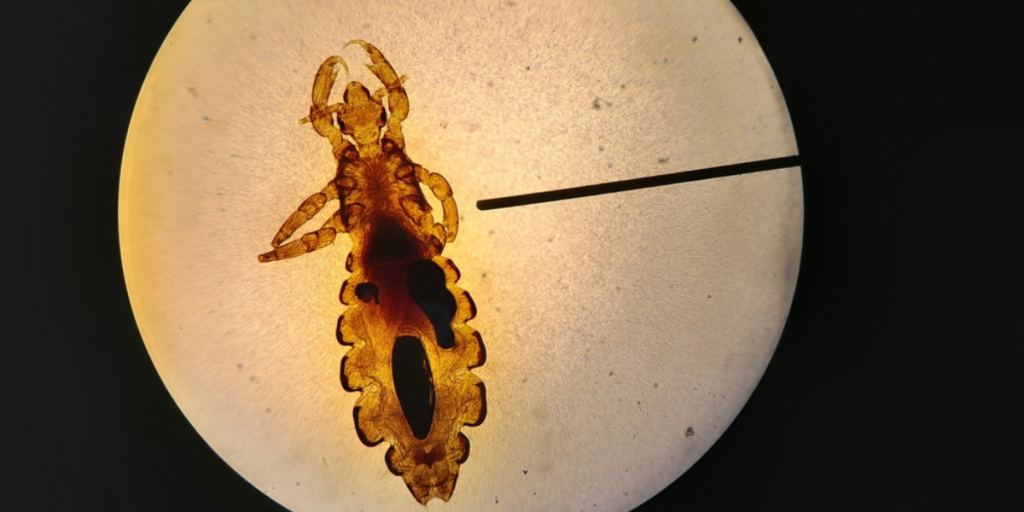
The remains, discovered during construction work in 2001, were analyzed by a team from Université de Paris Cité.
As WPtech explains, the scientists sequenced DNA from the soldiers’ dental remains and discovered bacterial signatures of Salmonella enterica and Borrelia recurrentis. This direct evidence points to bacterial infections likely spread through lice.
Lice as lethal companions

According to WPtech, the findings suggest that lice played a major role in transmitting infection during the harsh retreat through Eastern Europe.
Also read
A perfect storm of illness and exhaustion
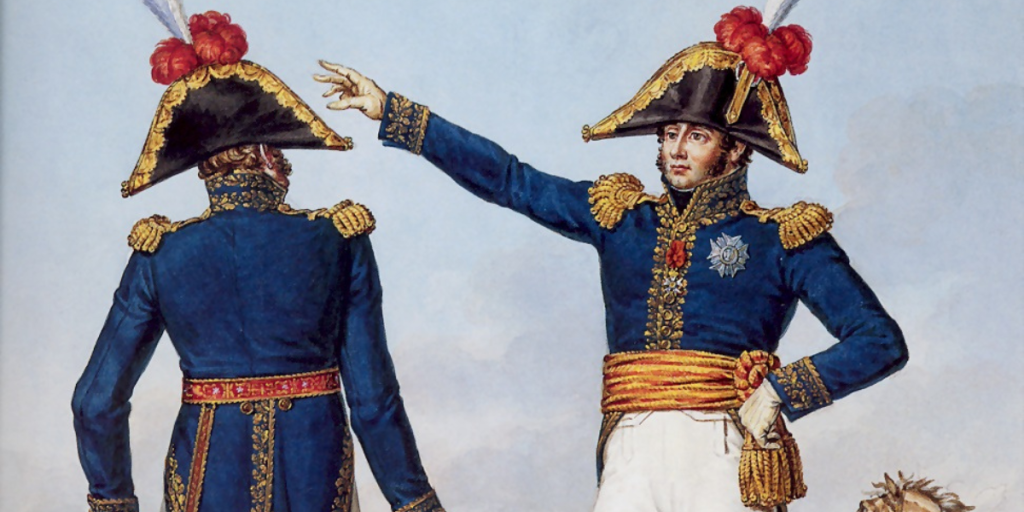
The study’s authors say the retreat likely involved multiple, overlapping infections. WPtech quotes the researchers as writing,
“Given the extreme and difficult conditions that characterized this retreat, the presence of multiple, overlapping infections is highly probable.”
Fatigue, cold, malnutrition, and disease combined to create a deadly spiral for thousands of soldiers.
A historic defeat made deadlier by disease
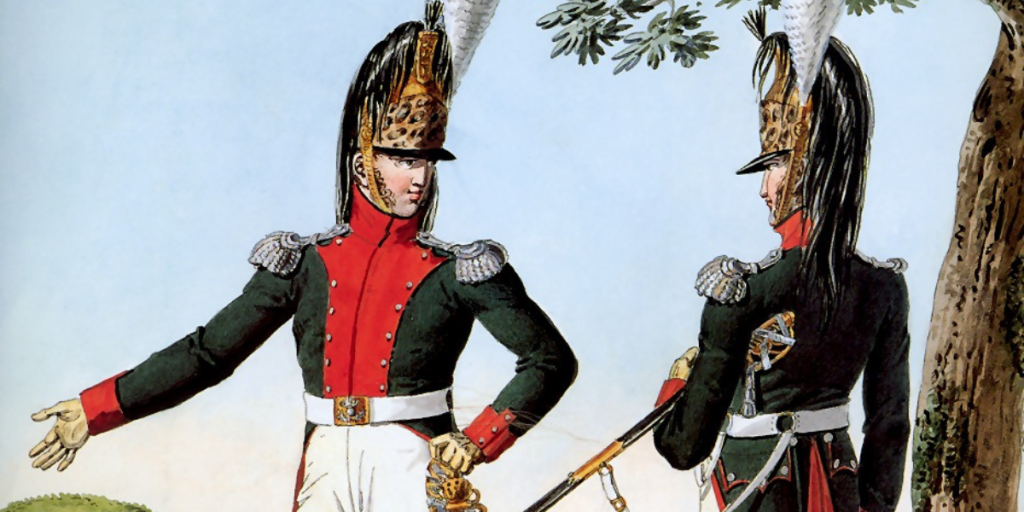
Napoleon’s retreat began after his invasion failed to force a Russian surrender.
According to WPtech, in September 1812, the French army was forced to retreat 1,300 kilometers on foot through a freezing Russian winter. Many soldiers collapsed from exhaustion in -27°C temperatures, only to die of exposure or disease before they could rise again.
Also read
History rewritten by science
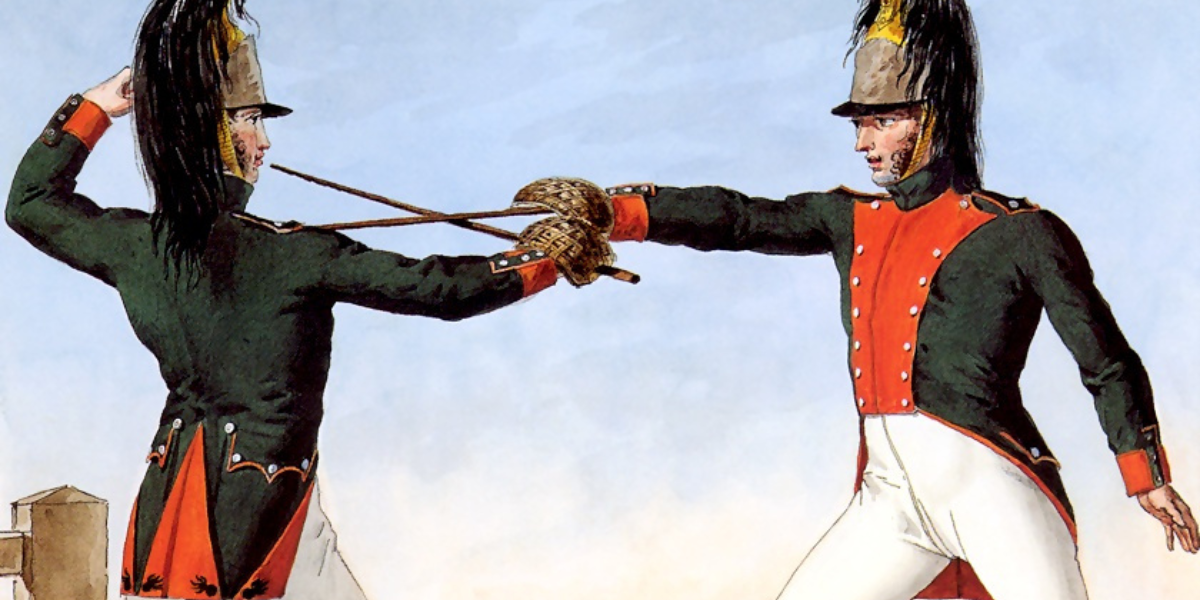
While frostbite and famine will always be central to the story of Napoleon’s failed Russian campaign, modern science is now adding important new context. Invisible enemies carried in food and on skin — may have been just as decisive as the Russian army or the winter cold.
Napoleon’s greatest defeat, it seems, was also a biological one.

